Artistic expression has been a captivating tapestry woven with exquisite paintings, sculptures, and myriad creative forms throughout history. However, the evolution of art is an ever-unfolding narrative, and today, we are witnessing the rise of digital art.
This new wave of creativity transcends traditional boundaries, allowing artists to harness the power of technology to craft mesmerising works. The rise of digital art opens doors to unprecedented possibilities, where pixels on a screen become the canvas for boundless imagination.
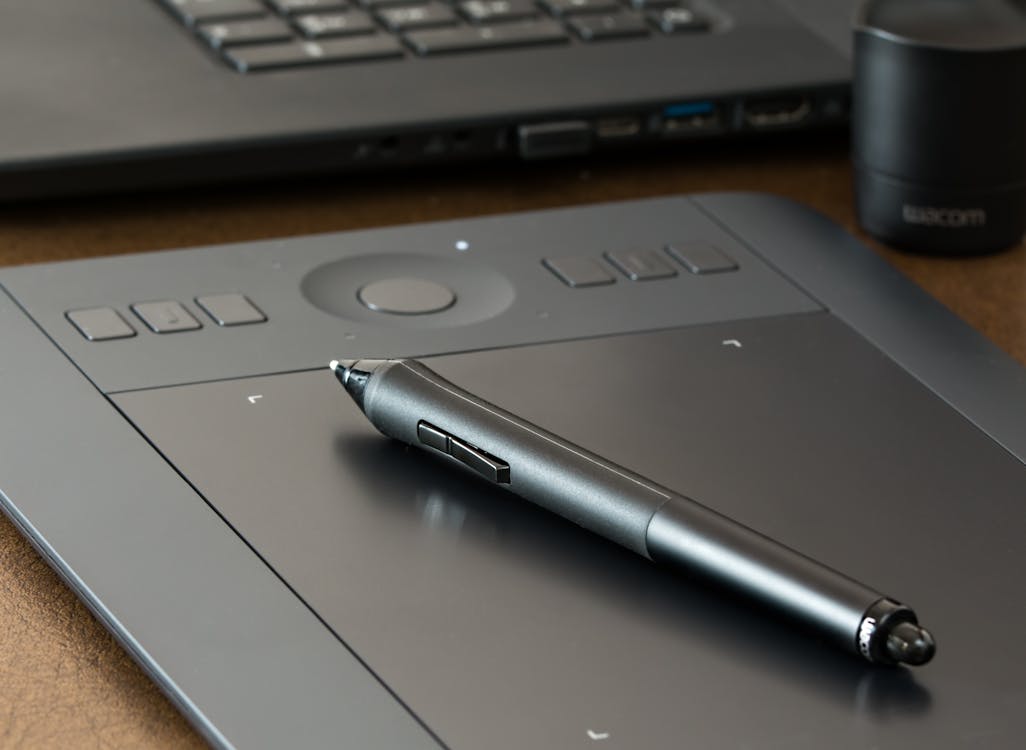
In contrast to the classical media that have long defined artistic achievement, digital art represents a dynamic fusion of innovation and creativity. As we navigate this digital renaissance, we witness the emergence of a new frontier where artists leverage algorithms, virtual reality, and other cutting-edge tools to shape their visions.
This transformative shift redefines the artistic landscape and challenges our perception of what art can be. It invites us to explore the intersection of technology and creativity, pushing the boundaries of conventional expression.
As we embrace the era of digital art, we embark on a journey that extends beyond paint and canvas into the virtual realm. This is a testament to the ever-evolving nature of human creativity, where the fusion of art and technology gives rise to a captivating tapestry of innovation.
Let’s explore how art is evolving in this digital age.
The Rise of Digital Art
Digital art, akin to wielding a paintbrush across the canvas of a computer screen, transforms the artistic landscape through the wizardry of computers and specialised tools. Crafted with sophisticated software, algorithms, and virtual mediums, these awe-inspiring images blend creativity with technology, pushing the boundaries of traditional artistic expression.
This transformative shift fundamentally alters the landscape of contemporary art creation and consumption. With the advent of digital tools, artists can experiment more freely, iterate rapidly, and explore various techniques, transcending the limitations of traditional mediums. Moreover, the accessibility of digital art online has democratised the art-viewing experience, enabling a global audience to engage with and appreciate artworks without physical constraints. This evolution signifies a dynamic shift in the artistic process and how audiences interact with creative expression.

Digital art has emerged as a significant and popular medium in contemporary art, offering artists a distinct avenue for creative expression. Its prominence lies in its expansive possibilities, extending beyond traditional painting to various artistic forms. Within this dynamic and evolving landscape, artists leverage digital tools to navigate and explore the boundless potential of this new realm.
The Rise of Digital Art: Exploring Different Forms of Digital Art
We embark on a journey to explore different digital art forms. We’ll uncover the diverse and innovative expressions crafted by artists using digital tools and technologies.
1. The Rise of Digital Art: Digital Paintings
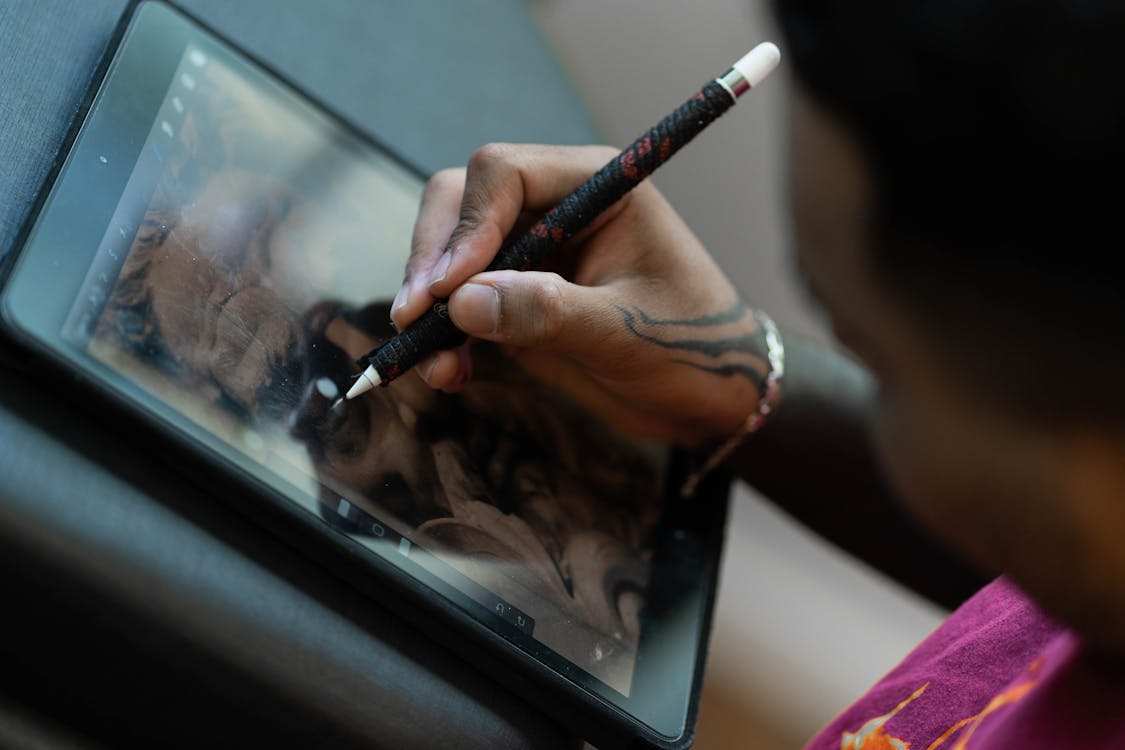
Artists now wield a sophisticated digital canvas – the computer screen. This technological shift provides a versatile platform for artistic endeavours and opens up limitless possibilities for creative exploration and expression. Instead of traditional paint and brushes, artists employ specialised tools and software to craft intricate and captivating digital artwork, showcasing the adaptability and precision of digital mediums. The best part? Digital artists enjoy the advantage of infinite virtual canvases, eliminating concerns about running out of paint or making irreversible mistakes. Software like Adobe Photoshop, Procreate, and Corel Painter provide a dynamic environment where artists can experiment, refine, and undo with a simple click. This seamless workflow enhances creative freedom and streamlines the artistic process, allowing for a more iterative and exploratory approach.
Digital Painting: A New Canvas
Unlike traditional painting with brushes and physical canvases, digital artists employ specialised tools and technology on a computer or tablet to craft stunning and innovative works of art.
In digital painting, artists use software and tools that imitate traditional painting techniques. These tools allow them to create brush strokes, blend colours, and draw like with real paint on a digital canvas.
1. Tools and Technology for Digital Art
Artists use graphic tablets, stylus pens, and software like Adobe Photoshop, Procreate, or Corel Painter to draw, paint, and experiment with digital techniques. These tools, which provide a wide range of brushes, colours, and effects, make creating detailed and intricate artwork easier.
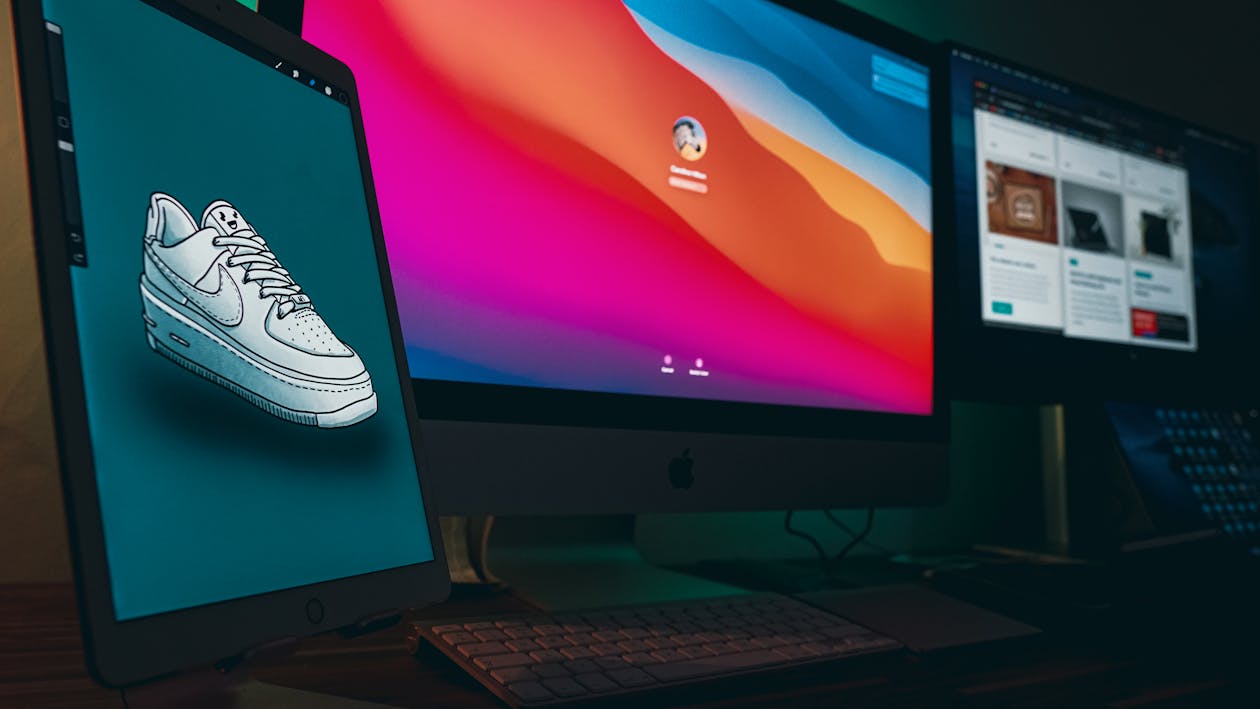

2. Benefits of Digital Painting
Digital painting techniques offer several benefits. They are more forgiving than traditional painting techniques because mistakes can be easily corrected without damaging the original artwork. Additionally, artists don’t need to worry about running out of paint or materials, as they can access endless colours and textures.
Moreover, digital painting provides the freedom to work anywhere, anytime. Artists can carry their digital canvas with them, eliminating the need for bulky art supplies. The possibilities are boundless, and the learning curve for digital painting is more approachable for newcomers to the art world.
Digital painting offers a broader range of creative possibilities than traditional methods. It’s more convenient and flexible, providing various tools that allow artists to experiment and create without the constraints of physical materials.
However, digital art is not meant to replace traditional techniques but to offer a new and exciting way to express creativity.
Digital painting is not just a modern trend; it’s a new horizon for artists. It allows them to explore their imagination in a digital world, providing unique and vibrant ways to create stunning art.
2. The Rise of Digital Art: Virtual Reality (VR) Art
Virtual reality (VR) experiences allow users to immerse themselves in paintings or art-inspired environments. These experiences often utilise VR technology to create an interactive and immersive journey within digital artworks.
For example, some VR applications and platforms enable users to “walk” into famous paintings or explore three-dimensional renditions of artistic creations. Additionally, VR art installations and exhibitions allow participants to engage with art in novel and immersive ways.

Virtual Reality Art: Immersive Creativity
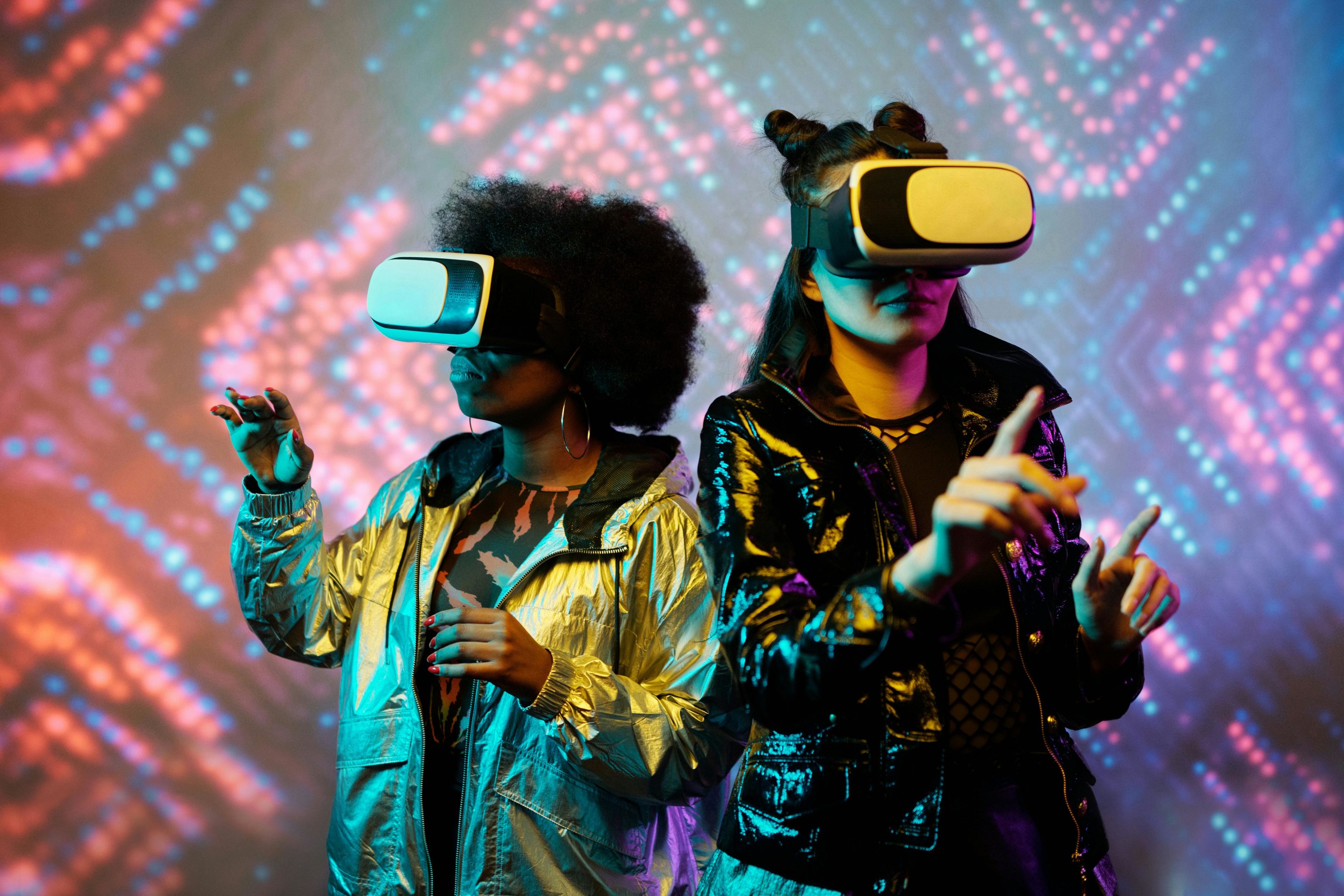
Virtual Reality (VR) art transcends the confines of traditional screens, providing an immersive experience where participants can step inside paintings or entirely new worlds. Fully immersive simulations give users the most realistic simulation experience, complete with sight and sound. To experience and interact with fully immersive virtual reality, the user needs proper VR glasses or a head mount display (HMD). Artists harness the potential of VR technology to sculpt three-dimensional art, allowing viewers to explore and engage with art in unprecedented ways. This innovative approach reshapes the artistic landscape, offering a dynamic canvas for creators and a novel, enriching experience for art enthusiasts.
1. Transforming the Artistic Experience with VR Technology
VR technology revolutionises the artistic process, empowering artists to construct entire 3D worlds. For instance, artists like Chris Milk utilise VR to immerse viewers in interactive narratives, such as “The Treachery of Sanctuary,” where participants can engage with virtual wings and become part of the evolving visual story. This transformative technology transcends the conventional notion of observing art, inviting participants to shape and become integral elements of the artistic experience.
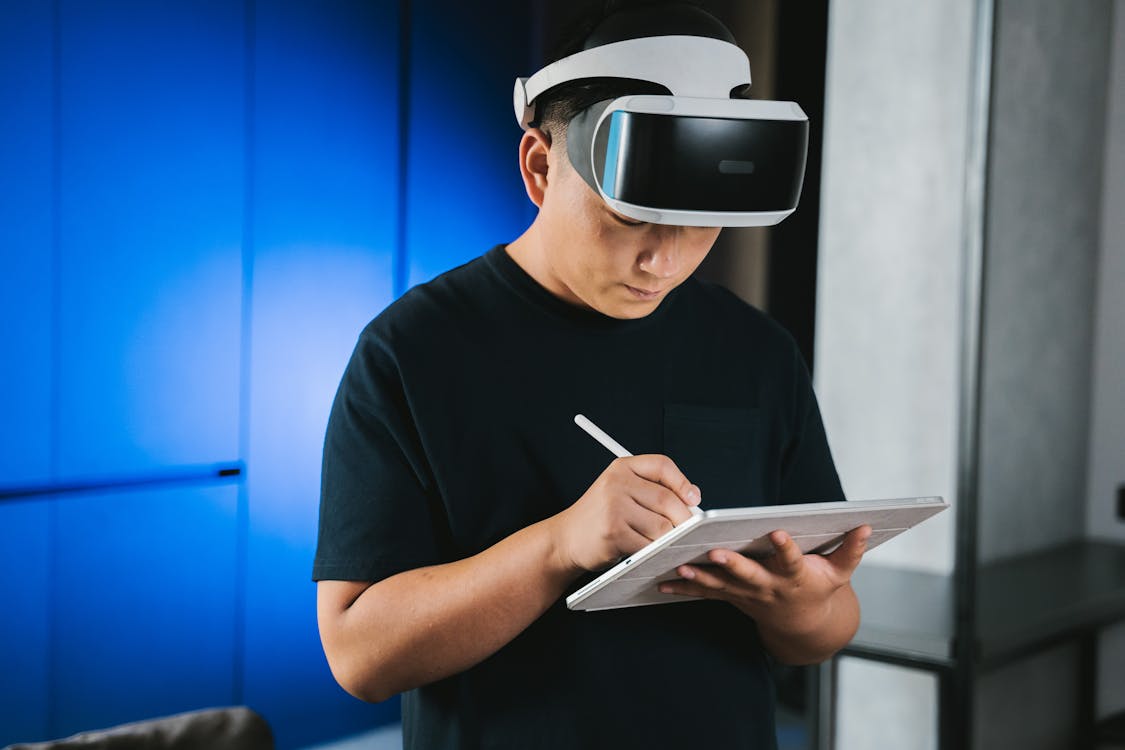
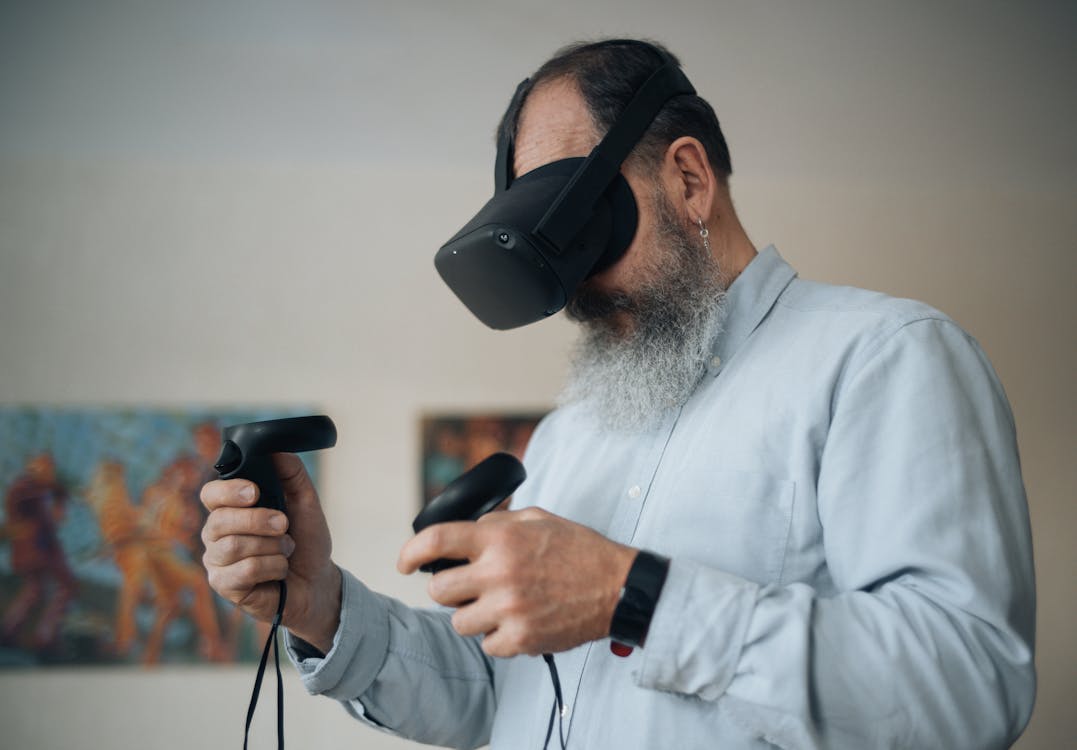
2. Showcasing the Interactive Aspects of VR Art
The dynamic nature of VR art brings a new level of engagement as it transcends static forms. In projects like “Tilt Brush ” by Google, users can paint in a 3D space, turning their surroundings into a vibrant and interactive canvas. Another example is “The Night Cafe” by Borrowed Light Studios, which offers an immersive experience where viewers can virtually explore and interact with a Van Gogh painting. This ability for viewers to touch, move, and sometimes even alter the art fosters profound and personalised engagement—transforming observing art into a participatory and memorable journey.
NFTs have revolutionised the art market and challenged conventional perspectives on ownership and value in the digital space. People can buy and own these exceptional digital artworks using NFTs, marking a dynamic shift in the artistic process and how audiences interact with creative expressions. NFTs (Non-Fungible Tokens) are introducing new possibilities for artists to securely tokenise and sell their digital creations. This convergence of technology and art marks an exciting journey into creativity in the digital age, where the boundaries of traditional art forms are continually pushed and redefined.
3. The Rise of Digital Art: NFTs (Non-Fungible Tokens)
There’s a novel way to add a distinctive touch to digital art. Artists employ NFTs (Non-Fungible Tokens) to transform their creations into one-of-a-kind pieces. This seamless workflow enhances creative freedom and streamlines the artistic process, allowing for a more iterative and exploratory approach. It’s akin to affixing a special stamp, declaring, “This is a unique piece of digital art.”
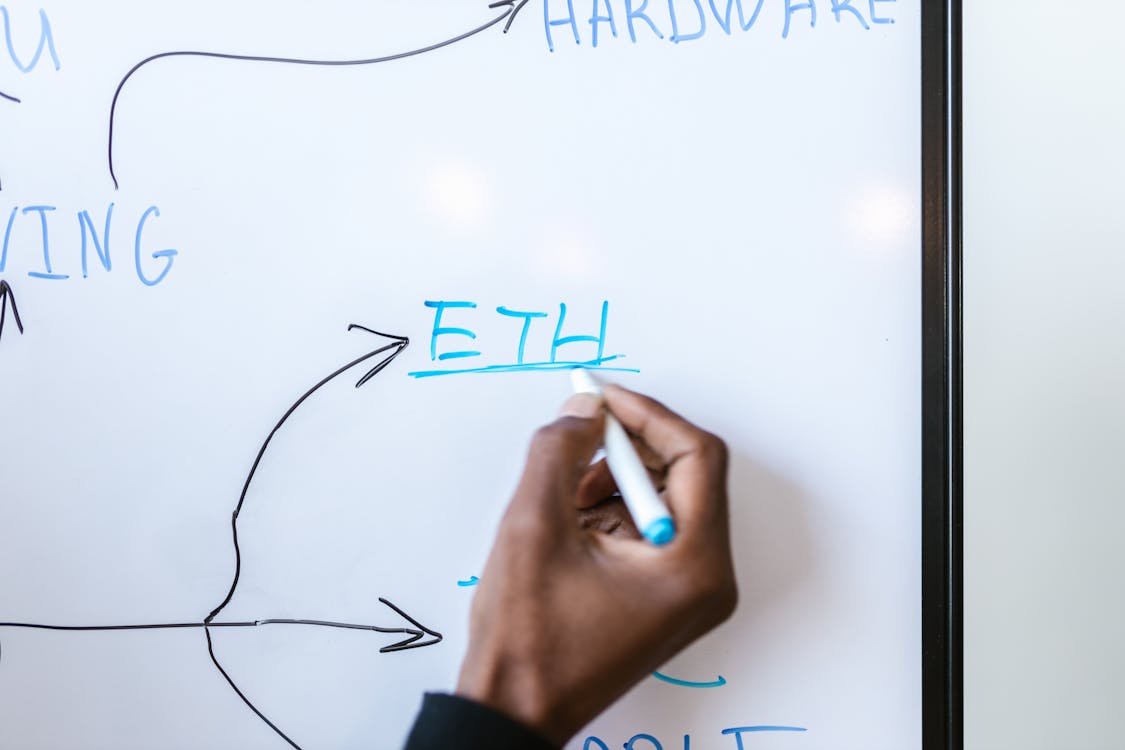
NFTs have revolutionised the art market and challenged conventional perspectives on ownership and value in the digital space. People can buy and own these special digital artworks using NFTs, marking a dynamic shift in the artistic process and how audiences interact with creative expressions. NFTs (Non-Fungible Tokens) are introducing new possibilities for artists to tokenise and sell their digital creations securely. This convergence of technology and art marks an exciting journey into creativity in the digital age, where the boundaries of traditional art forms are continually pushed and redefined.
NFTs: Transforming Ownership in the Digital Era
Non-fungible tokens (NFTs) function as distinctive certificates or unique stamps, affirming the rarity and individuality of digital artworks. Here’s a deeper look into their role in the art world.
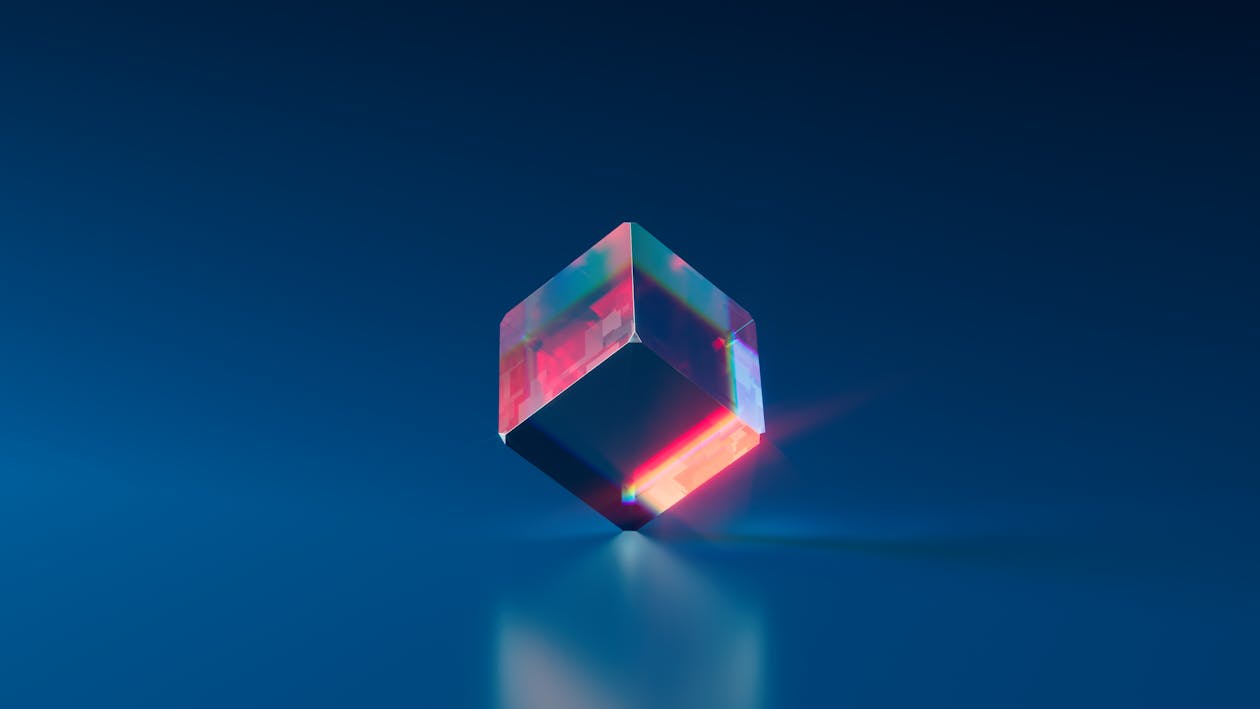
1. Defining NFTs in the Digital Art Market
NFTs are digital certificates stored on a blockchain, a technology ledger that verifies and records transactions securely. In art, they prove the ownership and authenticity of digital artwork. Each NFT is unique and cannot be replicated or replaced, making the digital art it represents unique.
2. Revolutionising Ownership and Provenance
NFTs have changed the game for digital art ownership. In the past, it took a lot of work to prove who owned a digital piece of art. But with NFTs, the ownership of digital art becomes crystal clear. They provide a secure way for artists to claim their work and show it’s genuine.

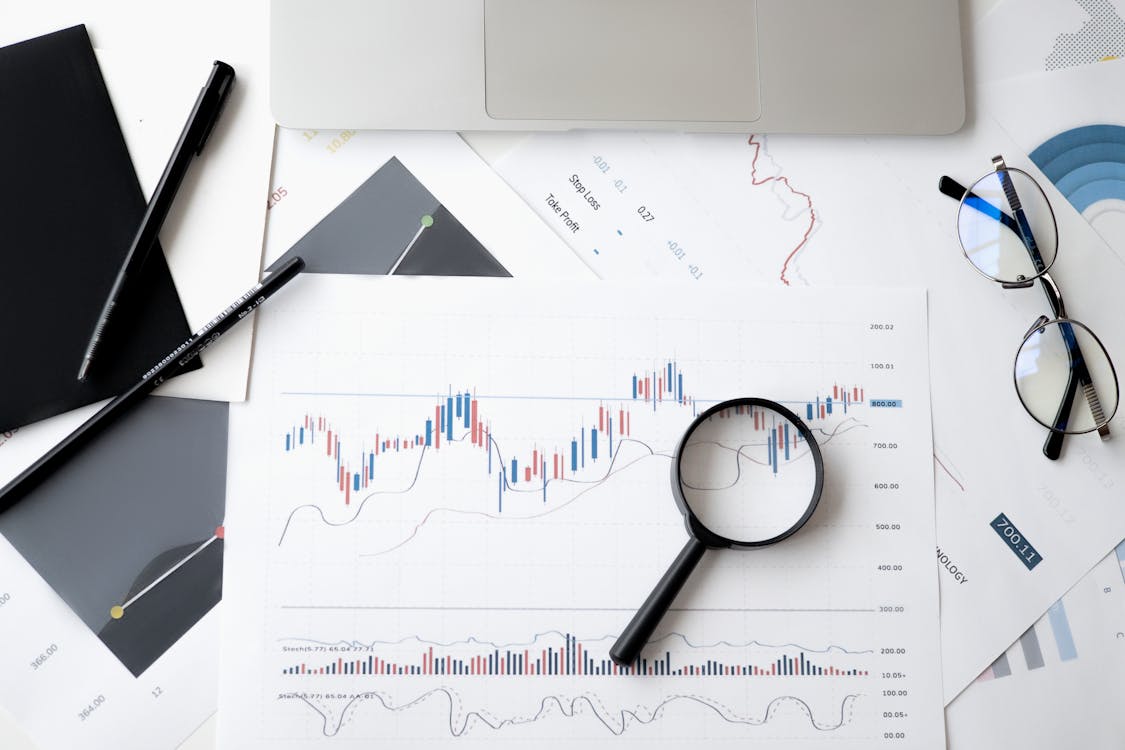
3. Impact on the Value of Digital Art
The value of digital art pieces has always been a topic of discussion. NFTs have impacted this aspect of digital art in a whole new manner. The unique stamp of an NFT makes digital art stand out. It’s like having a badge that says, “This art is special.” This has generated considerable excitement in art, with specific digital artworks fetching remarkable prices.
4. Commercialisation of Digital Art
NFTs have opened new doors for artists to sell and make a living from their digital art. This form of ownership adds value to these pieces and establishes a new avenue for digital artists to monetise their creations. Artists leverage NFTs to sell digital fragments in a manner akin to traditional art transactions, providing them with a direct and often lucrative revenue stream.
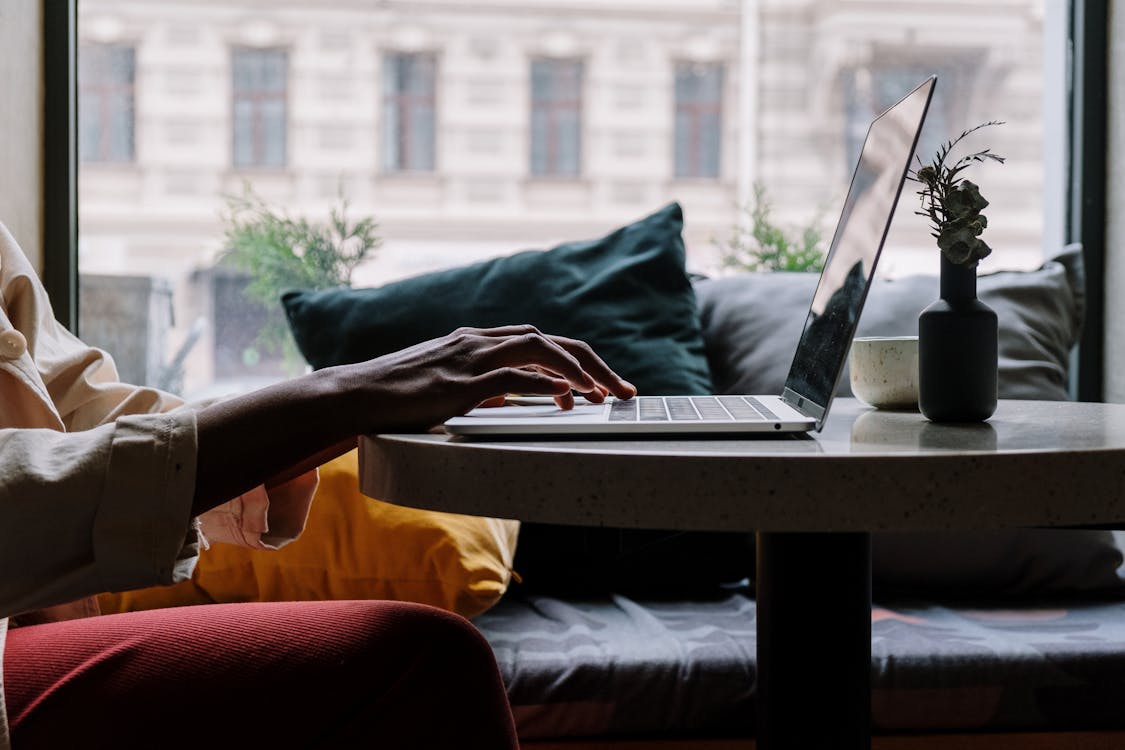
NFTs are changing the art game, making digital art ownership clear and valuable. It’s a unique way to bring digital art into the hands of collectors and enthusiasts, allowing them to own and cherish their favourite pieces.
Tech-Infused Artistry: Reshaping the Creative Horizon
Technology has become a key player in transforming the art world, altering the way artists create and audiences experience art. Let’s explore how technology has redefined the art landscape, making it more accessible and engaging for everyone.

1. Changing Dynamics in the Art World
Technology has significantly influenced how art is produced, shared, and perceived. With the advent of digital tools, artists now have unparalleled access, expanding their creative horizons and unlocking new possibilities. This transformative shift has introduced novel art forms and challenged traditional boundaries, reshaping the essence of art. Beyond creation, technology fundamentally alters how we perceive and interact with art, offering immersive experiences that redefine our understanding and appreciation of artistic expressions.
2. Democratisation of Art Through Digital Platforms
Digital platforms have changed the art game by making art more accessible. Artists can share their work globally through online galleries and social media, reaching a wider audience. These platforms have democratised art by giving emerging artists a platform to showcase their work and breaking down barriers to entry that once existed in the art world.


3. The Relationship between Technology, Digital Art, and Engagement
Technology affects how art is made and how people engage with it. Digital art offers interactive and immersive experiences. Audiences can now participate, comment, and even contribute to the art, turning it into a conversation rather than a one-way observation.
4. A New Era of Art and Creativity
Technology has given birth to a new era of creativity. Digital tools have expanded how artists express themselves, while digital platforms have provided a stage for artists to share their work with the world. This evolution has made art more inclusive, engaging, and diverse.
The art world is no longer confined to traditional galleries; it’s accessible through a screen, a VR headset, or a digital platform. Technology transcends its role as a mere tool for creating art; it is reshaping the way we connect with and experience artistic expressions.
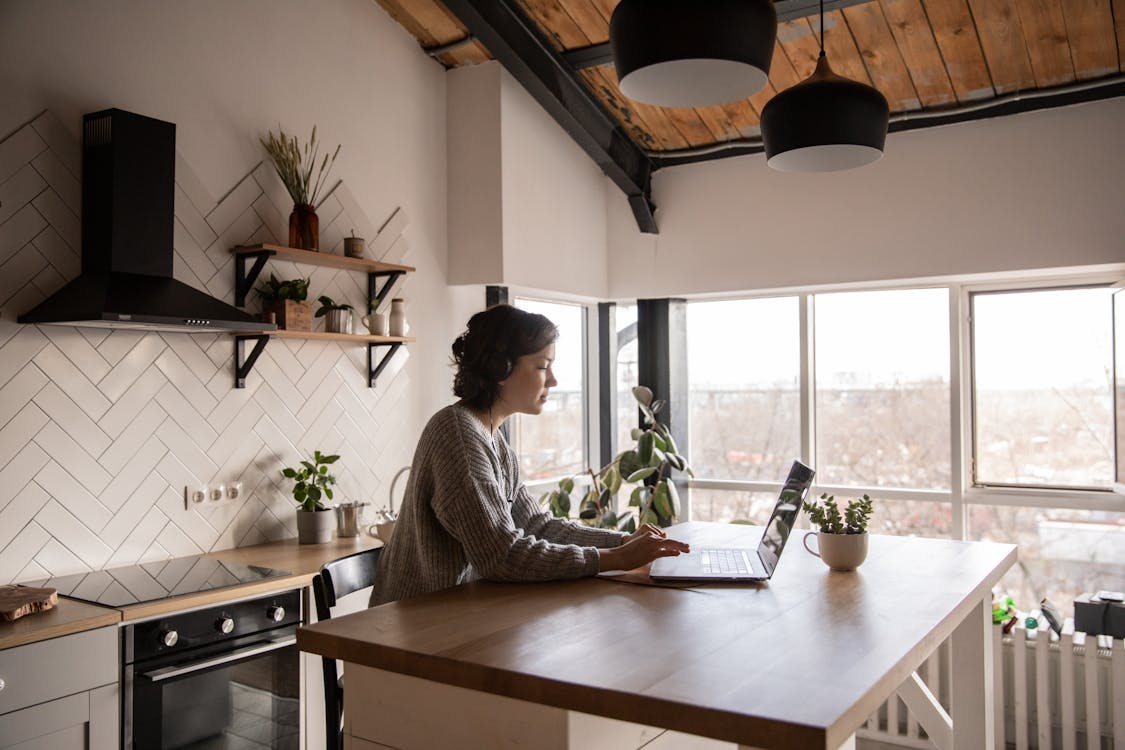
The Rise of Digital Art in the Future
The future of digital art is poised for transformative advancements, promising to continue redefining artistic expression.

1. Trajectory of Digital Art
Digital art is continuously evolving. We anticipate an increased fusion of traditional art forms with digital techniques in the future, blurring the lines between traditional and digital art. Artists will likely explore hybrid approaches, combining conventional artistic methods with cutting-edge digital tools
2. Advancements and New Technologies
The advancements in technology will usher in new possibilities. We might witness the emergence of even more advanced tools that offer hyper-realistic textures and improved capabilities for artists. Moreover, artificial intelligence (AI) developments could provide tools that aid the creative process, making art creation more accessible and intuitive.

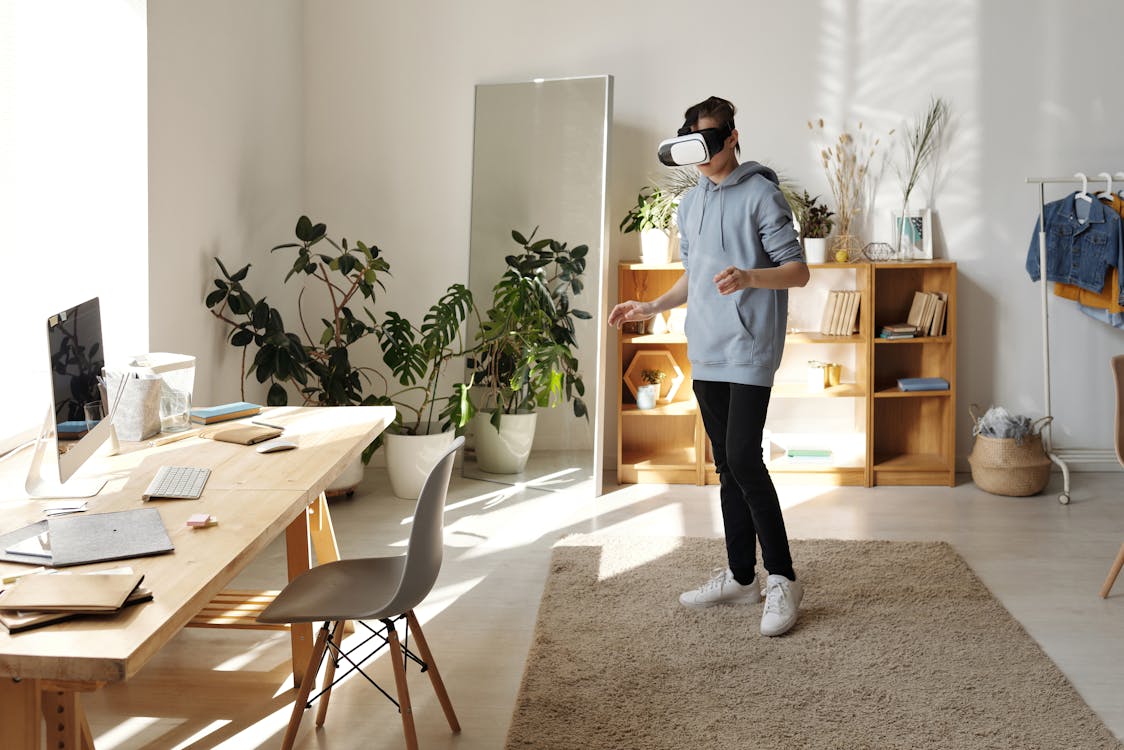
3. Continuing Influence of Technology
As technology advances, it will continue to be a driving force behind artistic innovation. Technology integration into artistic creation will likely persist, offering new means for artists to express themselves. Expect to encounter art crafted for traditional galleries alongside immersive digital experiences that seamlessly integrate into augmented reality (AR) or virtual reality (VR) environments.
As digital art becomes more mainstream, artists will likely continue to explore uncharted territories. It is poised to become an integral part of our everyday lives, seamlessly woven into our digital experiences rather than confined to specific spaces.
The future of digital art is bound to be an exhilarating journey. With new technologies on the horizon, the boundaries of artistic creation will expand. The future promises a more inclusive, interactive, and diversified artistic realm.
Rise of Digital Art: Conclusion
The emerging realm of digital art has been attributed to integrating innovative technology, marking a notable evolution in how art is crafted and enjoyed.
The future of art promises continuous evolution as technology introduces novel tools and methods. Art will likely transcend traditional gallery spaces, seamlessly integrating into our daily lives through a harmonious blend of conventional and contemporary techniques.

